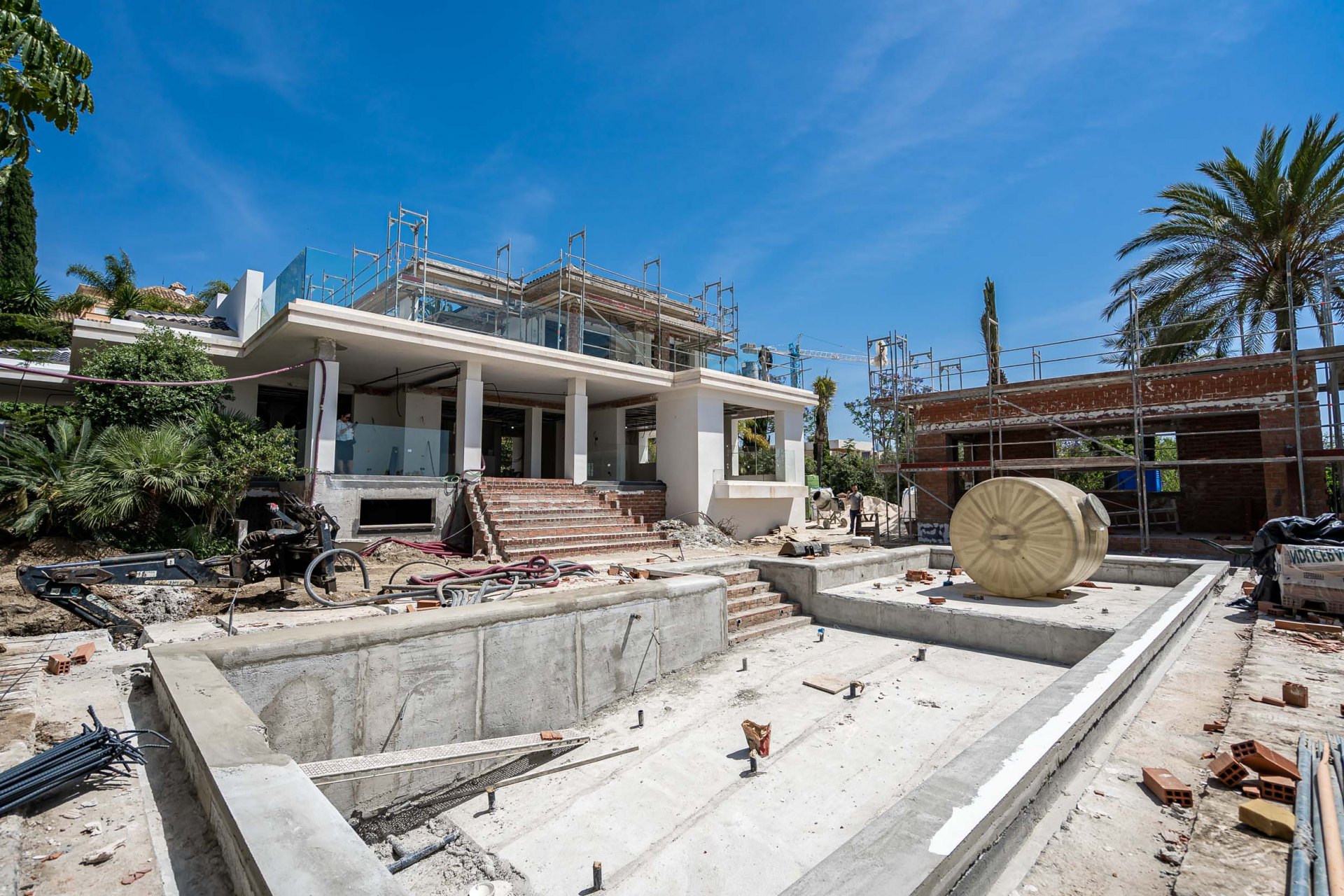Spain’s Housing Market Set for 825,000 Sales in 2025: Why Growth is Strong but Sustainable
The Spanish real estate market outlook for 2025 remains largely positive, with moderate price increases and strong demand—particularly from foreign buyers in coastal and urban areas. As Spain’s economy stabilizes and inflation is expected to moderate, the risk of a real estate bubble remains low. Below, we dive into the factors shaping this projection, the benefits and challenges of the 2025 market, and why experts believe the conditions for a bubble are not present.
Economic and Market Context

Spain’s economic performance has been robust, with a 2.5% GDP growth in 2023, largely exceeding earlier expectations. Inflation is moderating, which has led the European Central Bank (ECB) to consider interest rate reductions, potentially starting by mid-2024. These economic improvements could enhance mortgage accessibility for domestic buyers and create favorable financing conditions for foreign investors. CaixaBank Research, for example, anticipates around 550,000 home sales per year in both 2024 and 2025, reflecting strong but stable activity levels. The growth is supported by continued international demand in popular areas such as Málaga, the Costa del Sol, and the Balearic Islands.
Key Trends and Predictions
- Moderate Price Increases: Housing prices are forecasted to increase by around 2.5% annually in 2024 and 2025. This rate, while positive, is far from the sharp hikes typical of speculative bubbles. Demand remains solid but controlled, with prices in key areas, such as Madrid and Barcelona, rising more steeply but at a manageable pace.
- International Buyer Demand: Spain continues to attract foreign investors, particularly in high-demand coastal and urban regions. Many of these buyers are motivated by lifestyle and long-term investment potential rather than speculative intent, providing stability in markets that could otherwise be volatile. This demand acts as a market buffer, supporting property values in prime areas without risking the rapid surges seen in speculative scenarios.
Pros and Cons for 2025
Pros
- More Accessible Financing: Expected interest rate cuts could make mortgages more affordable, offering opportunities for domestic buyers and incentivizing investment from abroad. This is especially beneficial for young buyers and first-time homeowners who have faced higher costs due to past rate hikes.
- Predictable Investor Returns: Moderate price growth offers more predictable returns for investors, especially in consistently high-demand areas like the Costa del Sol. These regions continue to see high international interest, which stabilizes property values and supports the market’s resilience.
- Government Initiatives: Policies to aid first-time buyers and expand housing supply are also in place, aiming to improve affordability and increase available housing stock over time. These supportive policies help ensure that the market’s growth remains sustainable.
Cons
- Affordability Challenges in Key Markets: Despite favorable trends, high prices in cities such as Madrid and Barcelona, along with popular coastal areas, continue to limit affordability for local residents. Although reduced interest rates may alleviate some pressure, many younger and middle-income buyers still face barriers to homeownership.
- Supply Constraints: Although construction permits are increasing (around 110,000 new homes annually), these numbers remain insufficient for meeting the high demand in key areas. This limited supply may cause regional disparities, with urban and coastal centers continuing to attract high prices, while smaller or rural areas see slower growth.
Why a Real Estate Bubble is Unlikely
The 2025 outlook for Spain’s housing market reflects a stable environment with minimal risk of a bubble. Here are key reasons why:
- Gradual Price Growth: The forecasted 2.5% annual price increase is modest compared to the rapid hikes associated with housing bubbles. This controlled growth suggests a balanced market that is likely to avoid the sharp corrections seen in past bubbles.
- Stricter Lending Standards: Following the 2008 crisis, Spanish banks have adopted more conservative lending practices, reducing the potential for speculative buying. Mortgage approvals are more rigorously vetted, which limits risky borrowing and speculative demand.
- ECB Interest Rate Adjustments: Although the ECB is expected to lower rates in 2024, they are likely to proceed cautiously, ensuring economic stability without prompting excessive borrowing or market overheating. This approach reduces the chance of sudden, unsustainable surges in demand
- Balanced Demand and Supply: Despite increasing demand, especially from international buyers, supply constraints in key areas are balanced by stable construction rates. New permits remain well below the levels seen before the 2008 crisis, reducing the risk of oversupply.
Conclusion
Spain’s real estate market in 2025 appears to be on a stable growth trajectory, supported by moderate price increases, regulatory oversight, and strong foreign demand. While affordability remains a challenge in some areas, and policy changes could impact specific investment strategies, the risk of a bubble remains low. Investors, buyers, and developers should focus on regional trends and potential regulatory impacts, especially in high-demand coastal areas, to make informed decisions. Overall, Spain’s property market remains a robust and resilient investment option, with cautious growth expected to define 2025.
Register today to our Guadalmansa Insider Newsletter and get all the latest updates & news about the Guadalmansa area in your inbox.
sources: Idealista, BBVA Bank Research, La Caixa Bank Research
